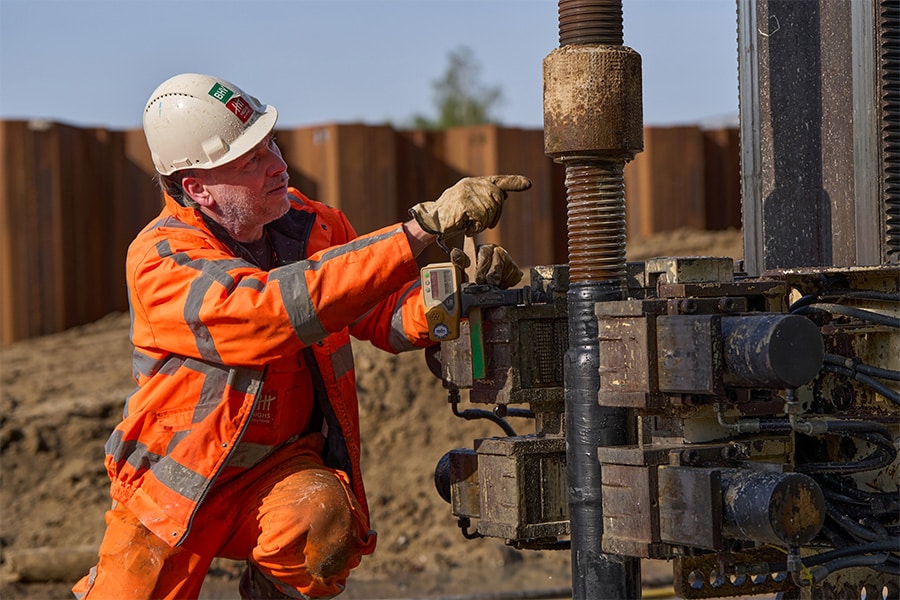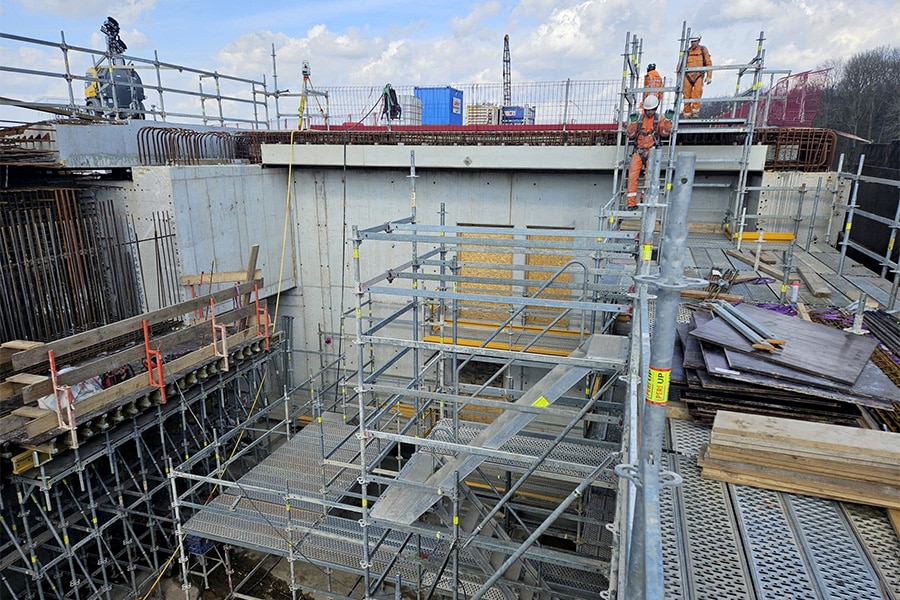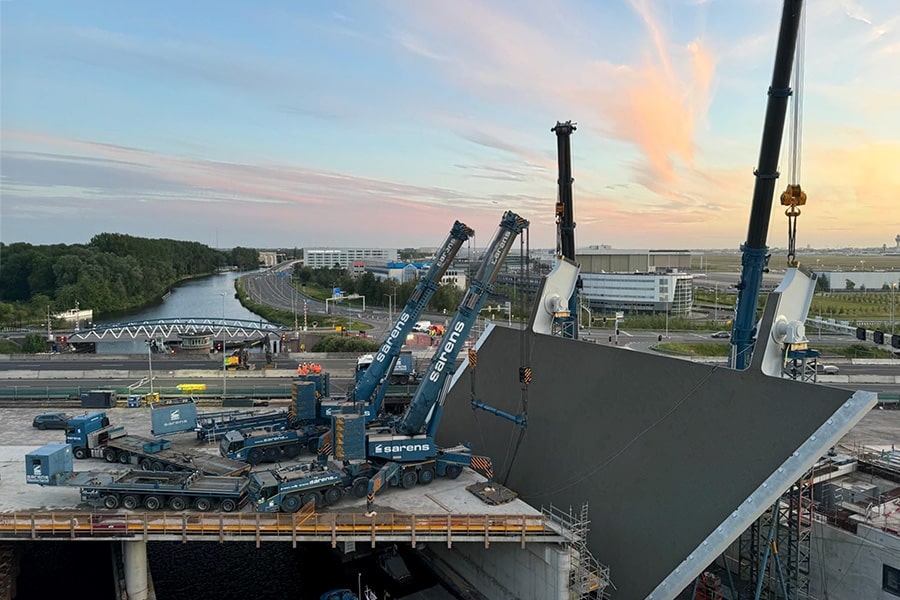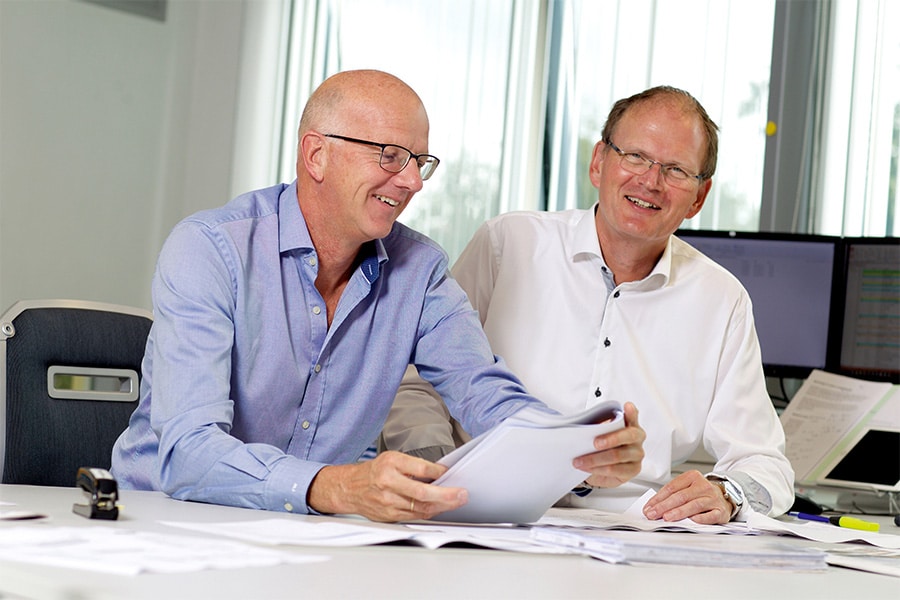
How do you bring in new staff and retain existing ones?
A conversation with Construction & Infra, influx and retention of skilled workers
"That the task in construction and infrastructure is huge is clear. There is a huge housing task, we are working on the energy transition and we want to keep our country accessible. To do that, we need everyone." Speaking is Mirjam Wildekamp, program manager at Bouw & Infra, influx and retention of skilled workers. We talk to her about what should be done to get more influx of workers and retain existing ones. "We show young people and lateral entrants how nice working in construction and infra is. In addition, staff retention is at least as important. These are the spearheads in the cooperation between employers and employees in the Construction & Infra program, influx and retention of skilled workers."

Education matters
Mirjam: "To retain people, it is important to create a pleasant working atmosphere, where there is collegiality and there are real task demands. For that, you need to have enough employees to do the work. You also want employees to be equipped for the work that changes because of innovations. For both young and old, training is very important. Young people ask themselves "what's in it for me?" and look for opportunities to develop within a company, grow and want to be properly supervised. Older people especially like to have some autonomy in the workplace, to decide and arrange things themselves. In addition, they ask themselves the following questions: 'How do I ensure that I can continue to do this work', 'Am I still up-to-date in terms of knowledge' and 'Do I have the skills to use new methods'. For this reason, we have a strong focus on training in our program 'Construction and Infra, influx and retention of skilled workers'."

According to Mirjam, it is important that training courses fit with what people are already able to do and do justice to the employee's talent and home situation. "Time and location of a course are important, for example. Make sure employees don't have to travel too far and don't necessarily let training come at the expense of their free time. Are we willing to invest in that?"
Skills mapping
To see what training fits, it is necessary to look at the "skills" (abilities) of staff. "We are working towards a more skills-oriented way of working. That is why we are developing a Digital Skills Passport' for construction and infra. This shows who you are and what you can do: not only the diplomas you have, but also skills you have acquired in other ways. In this way, training can be tailored to those who want to enter, or advance. Our colleague Claudia Klarenbeek (Project Leader and Skills Advisor Digital Skills Passport (DSP) at Volandis and Researcher at Hogeschool van Arnhem en Nijmegen) is behind this, she makes the roadmap for employers and employees. That way we determine what modules are needed, instead of you always having to do a full course. We value what you do and can do and record that in a passport, and then the employee can do targeted training."
This innovation needs support from both employers and employees. "Employers gain more insights into what their staff can do, employees know what they can already do as a result and are appreciated for it. So the knife cuts both ways," Mirjam explains. "With this method, employers can also get entry-level employees into the right place efficiently and quickly."
Getting rid of the stigma surrounding the industry
Young people want to see what kind of work they can do, Mirjam outlines. "If you can make that concrete for them, it appeals to them. The stigma has to come off that our industry is about dirty work or low-paying jobs. The opposite is true. We need to appeal to young people for passion. This is also what we will clearly address in our "You're going to make it" campaign this fall. In doing so, the older generation may realize that young people live in a different world than they do. A situation must be created in which the different generations start to understand each other."
Construction & Infra, influx and retention of skilled workers is interested in the Open Hiring concept, which connects job seekers and employers without an interview. "Actually, you can start in a position completely without barriers to find out in practice if the work fits. Furthermore, good mentoring is very important. With the right amount of time and attention, you can take employees by the hand and make them feel at home."
The game must be played together
"Our regional counselors discuss options with companies. We sit down with them and ask 'What do you need?' So in addition to our focus on employees, we also have a strong focus on the employer. The game has to be played together. We take into account the context at the employer and advocate diversity. Everyone is welcome, but we take a focused approach."



